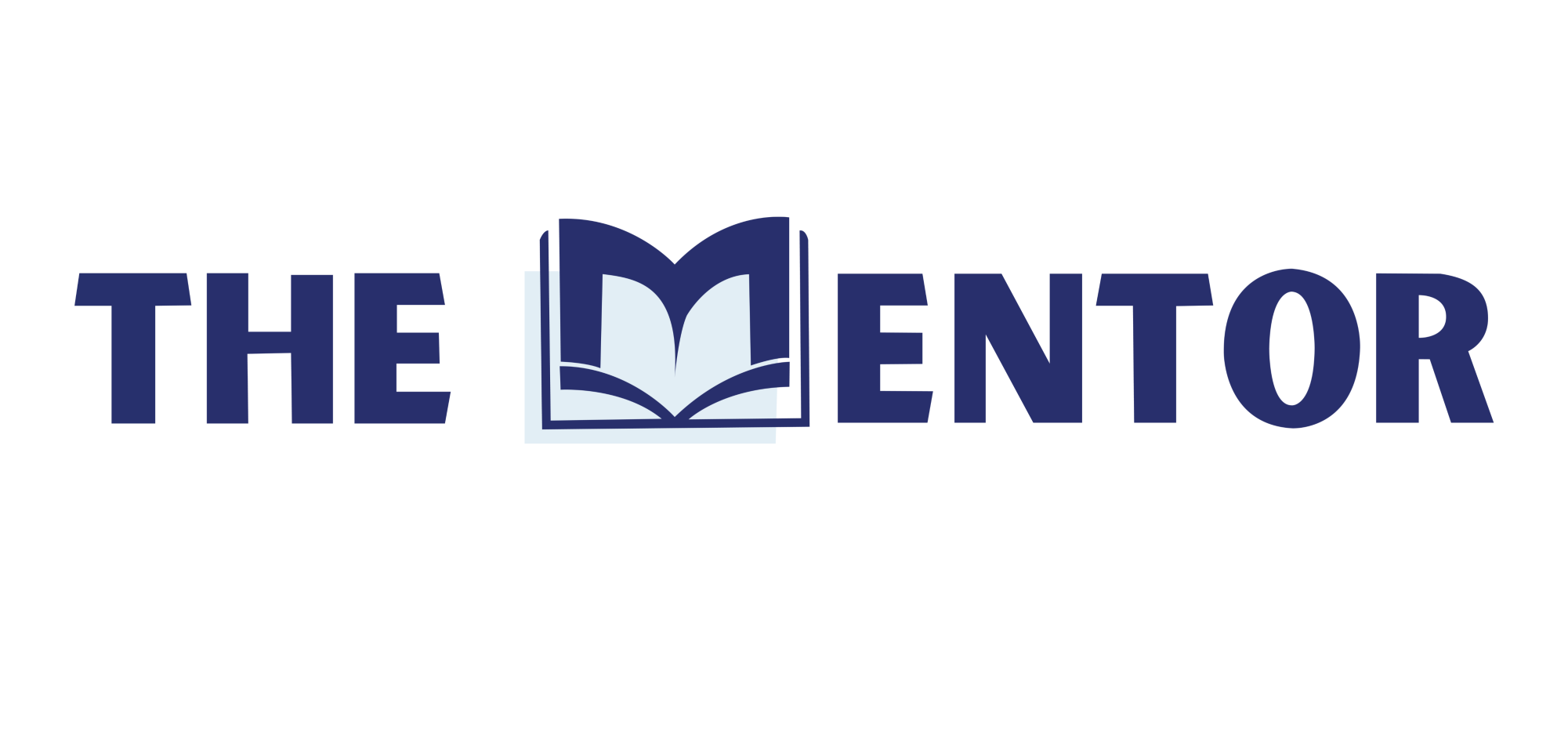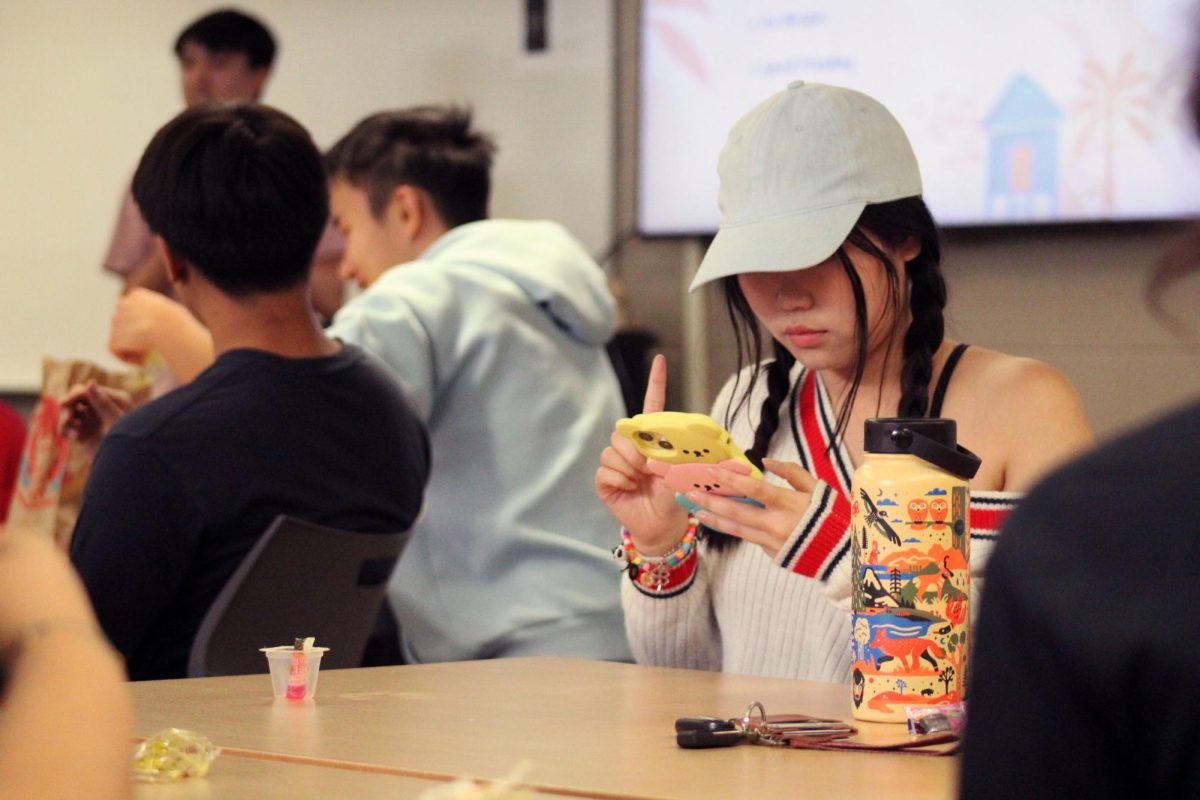A quarter into the school year, new policies have been active long enough to gauge their effectiveness, according to principal Michael Dorst.
Start Time conversation opens with Board of Education
Due to a shortage of bus drivers, a potential change in the start time of school days is being discussed.
“I believe that the conversation began with one of our board members going to a workshop, a convention, and hearing that there’s a potential for cost savings, but more important, the potential for helping with a shortage of bus drivers,” Dorst said.
USD 383 has a set of buses that take students to Manhattan High and a separate set of buses that take students to the middle schools, which then combine to run routes to the elementary schools. Having three separate start times would make it so only one set of buses are needed to transport students to all three levels.
“This could increase the amount of people available for activity trips and athletic trips, fewer bus drivers needed,” Dorst said. “This could solve multiple problems.”
Even if a change is made to start times, it will not likely be a drastic one.
“It would be somewhat of a minor change, maybe 15 or 20 minutes,” Dorst said.
Count Day shows MHS with 2,000+ students
Count Day, which took place on Sept. 22, revealed an official number of 2,013 students at Manhattan High School, consisting of 465 seniors, 503 juniors, 532 sophomores and 489 freshmen.
“We do a head count, no matter if a student is part time or full time, and that head count is reported to Kansas State High School Activity Association for their classification,” Dorst said.
Personal Electronic Device Policy yields more student engagement, interaction
Despite student skepticism, the Personal Electronic Device Policy has proven that students’ wellbeing, academically and socially, is better without the distraction of electronics.
Based on the observations by Dorst and many teachers at MHS, the effects of the policy have caused students to get their work done more productively, in addition to increasing social interaction.
“We’re also getting feedback that when a teacher is gone and they leave work for their substitute for the students to do, that there is a higher percentage of completed work,” Dorst said. “I’m even noticing this level of student interaction, just saying hello to people, and the level of students matriculating to class on time in the halls.”
According to MHS’s official device policy infraction documentation, there were a total of 555 violations in the first 36 days of the school year; Oct. 3 was the last day included in the data. The data shows freshman have accounted for significantly fewer violations than other classes. Seniors accounted for 116 of the first-time infractions, while freshman accounted for only 50.
“I believe we’re seeing that because there has been more structure at our pre-K through eighth grade level when it comes to personal electronic devices,” Dorst said. “It’s not something that is new to them.”
Data on the effects of the policy will be reviewed by the USD 383 Board of Education, who will at some point make a decision on whether to continue the current policy or whether to make the ban more restrictive, possibly banning phones from school completely. Dorst says that results so far are promising and do not indicate a need for a complete ban.
“I am fully prepared to go back to the board and report that if we continue to head in this direction, my recommendation would be to continue with the same, or very extremely similar policy that we have now,” Dorst said.
Course changes accommodate new graduation requirements
Current sophomores and below are the first group that fall under MHS’s new graduation requirements. Under MHS’s new graduation requirements, include a semester-long financial literacy course.
“It’s a specifically coded class about being a financially literate member of society, a lot of positive things,” Dorst said.
Current sophomores and below will also have to take an additional science, technology, engineering and math/Career and Technical Education class. This means students can choose between taking a fourth year of math or a fourth year of science or taking a CTE class that’s above the introductory level.
“I’m going to speculate, over the years 70% of our graduates or more do this without even knowing,” Dorst said. You know, the majority of kids are going to say, ‘I really love science, I’m taking four science credits’ or ‘I love math, I’m taking four [years of] math.’ But some kids, if you don’t want to take that third math, if you don’t want to take the third science, we need to make sure we’re looking at CTE.”
The CTE pathway includes classes that go under the categories of agriculture, finance, business, family and consumer sciences, public services, media and technology, health sciences, and design production and repair.
All Periods Plus days split Advisory, FlexTime
All Periods Plus days, a class schedule format that features hours 1-7 with an Advisory period in-between first and second hour, was added this year and has been used multiple times already. These days are scheduled for a number of reasons, serving as time for pep rallies and being used during weeks when school isn’t in session all five days. It was used most recently on Oct. 2, the day after Mega Test Day.
“We’re able to pre-schedule the pep rallies with the least amount of impact at the beginning of this year,” Dorst said. “100% of our teachers can look at the schedule and plan their whole year, knowing when that pep rally is going to be and it’s going to be consistent.”
While some people wish pep rallies and Advisory were moved to the end of the day, Dorst isn’t having it.
“If we move that to the end of the day, like homeroom is for middle school, we would see a lot of people leaving and not taking advantage of it,” Dorst said.





